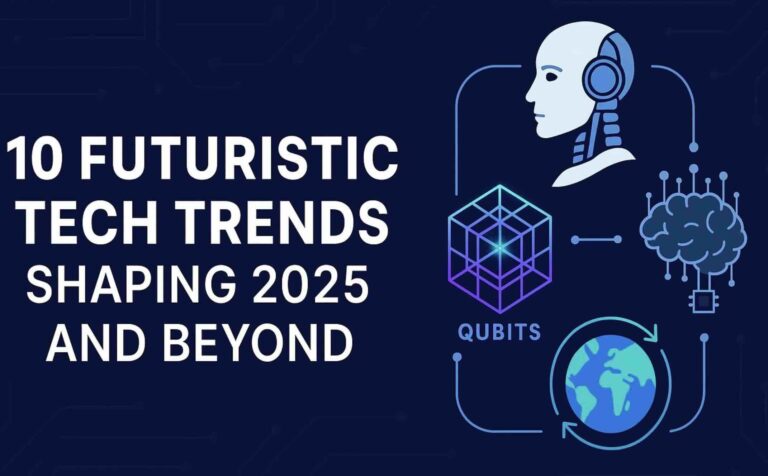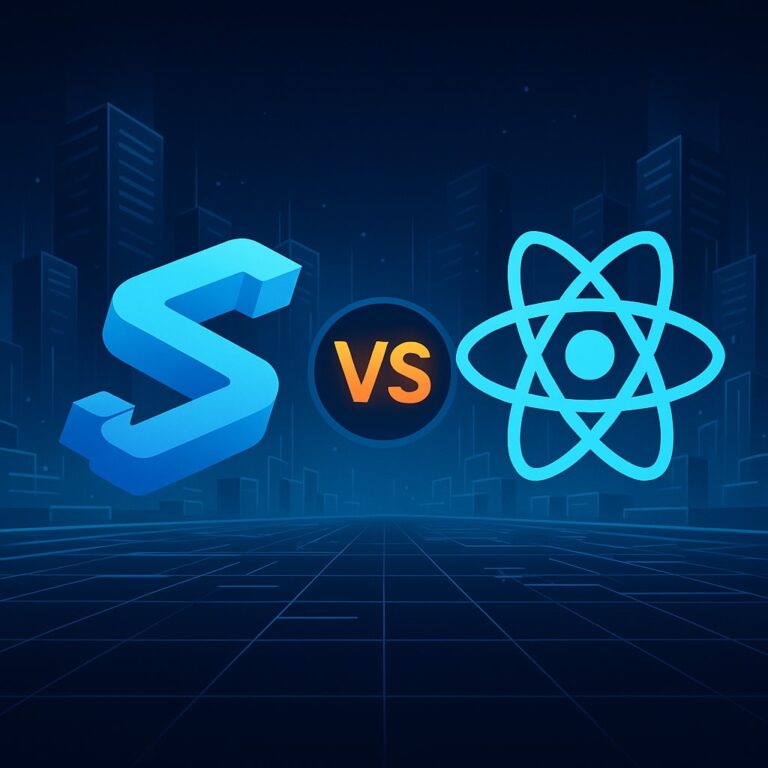Amazon Web Services (AWS) has been at the forefront of cloud computing since its inception in 2006. As of 2024, AWS continues to lead the industry, offering a vast array of services that cater to diverse needs, from startups to enterprise-level organizations. This article delves into the key AWS services, exploring their functionalities, benefits, and relevance in 2024 and beyond.
1. Amazon Elastic Compute Cloud (EC2)
Amazon EC2 provides scalable computing capacity in the AWS cloud. It eliminates the need to invest in hardware upfront, enabling developers to develop and deploy applications faster.
Key Features:
- Elasticity: Automatically scales computing capacity up or down.
- Variety of Instance Types: Tailors computing resources to specific workloads.
- Spot Instances: Offers significant cost savings by utilizing unused EC2 capacity.
Use Cases:
- Web and application servers.
- Big data analytics.
- Machine learning workloads.
Why It’s Crucial:
With the increasing demand for scalable and flexible computing resources, Amazon EC2 remains vital for businesses looking to optimize their infrastructure costs while maintaining high performance and reliability.
2. Amazon Simple Storage Service (S3)
Amazon S3 is an object storage service that offers industry-leading scalability, data availability, security, and performance.
Key Features:
- Storage Classes: Various classes for different access needs and cost efficiency.
- Lifecycle Management: Automates the transition of objects between storage classes.
- S3 Select: Retrieves subsets of object data.
Use Cases:
- Data lake storage.
- Backup and disaster recovery.
- Content distribution.
Why It’s Crucial:
The exponential growth of data necessitates robust and scalable storage solutions. Amazon S3’s flexibility and advanced features make it indispensable for managing large datasets efficiently.
3. Amazon RDS (Relational Database Service)
Amazon RDS simplifies the setup, operation, and scaling of relational databases in the cloud. It supports multiple database engines including MySQL, PostgreSQL, MariaDB, Oracle, and SQL Server.
Key Features:
- Automated Backups: Regular backups and point-in-time recovery.
- Multi-AZ Deployment: High availability and failover support.
- Read Replicas: Enhances performance and scalability.
Use Cases:
- Web and mobile applications.
- E-commerce platforms.
- Enterprise applications.
Why It’s Crucial:
As businesses continue to generate and rely on relational data, Amazon RDS provides a managed solution that reduces administrative overhead and ensures high availability and reliability.
4. Amazon DynamoDB
Amazon DynamoDB is a fully managed NoSQL database service that delivers single-digit millisecond performance at any scale.
Key Features:
- Auto Scaling: Automatically adjusts throughput capacity.
- DynamoDB Streams: Captures data modification events.
- Global Tables: Multi-region, fully replicated databases.
Use Cases:
- IoT applications.
- Real-time analytics.
- Gaming applications.
Why It’s Crucial:
With the surge in real-time data processing needs, DynamoDB’s ability to handle massive amounts of data with low latency is essential for modern applications.
5. AWS Lambda
AWS Lambda is a serverless compute service that runs code in response to events and automatically manages the compute resources required by that code.
Key Features:
- Event-Driven Execution: Triggers code in response to changes in data, system state, or user actions.
- Automatic Scaling: Scales automatically with the size of the workload.
- Flexible Resource Model: Pay only for the compute time consumed.
Use Cases:
- Data processing.
- Real-time file processing.
- Backends for mobile, web, and IoT applications.
Why It’s Crucial:
The serverless architecture offered by AWS Lambda enables developers to build and run applications without the hassle of managing servers, thus accelerating development and reducing operational costs.
6. Amazon SageMaker
Amazon SageMaker is a fully managed service that provides every developer and data scientist with the ability to build, train, and deploy machine learning (ML) models quickly.
Key Features:
- Integrated Jupyter Notebooks: For easy data exploration and model development.
- Automated Model Tuning: Uses machine learning to automatically adjust models.
- One-Click Deployment: Simplifies the deployment of models to production.
Use Cases:
- Predictive analytics.
- Fraud detection.
- Personalized recommendations.
Why It’s Crucial:
As machine learning becomes more integral to business strategy, SageMaker’s comprehensive toolkit simplifies the ML lifecycle, making advanced analytics accessible to a broader range of organizations.
7. Amazon CloudFront
Amazon CloudFront is a fast content delivery network (CDN) service that securely delivers data, videos, applications, and APIs to customers globally with low latency and high transfer speeds.
Key Features:
- Edge Locations: Over 300 edge locations worldwide.
- Dynamic Content Caching: Improves performance for dynamic web applications.
- Security Integrations: Includes AWS Shield for DDoS protection.
Use Cases:
- Media distribution.
- Software delivery.
- Web acceleration.
Why It’s Crucial:
With the increasing demand for high-quality digital experiences, Amazon CloudFront ensures that content delivery is fast, secure, and reliable.
8. Amazon Redshift
Amazon Redshift is a fully managed data warehouse that makes it simple and cost-effective to analyze all your data using standard SQL and existing business intelligence (BI) tools.
Key Features:
- Columnar Storage: Optimizes storage and query performance.
- Redshift Spectrum: Directly queries data in S3 without loading it into Redshift.
- Concurrency Scaling: Automatically adds capacity to handle high query volumes.
Use Cases:
- Big data analytics.
- Business intelligence.
- Data warehousing.
Why It’s Crucial:
As data volumes continue to grow, Amazon Redshift provides the scalability and performance needed for complex analytical workloads, making it a cornerstone of data-driven decision-making.
9. AWS IoT Core
AWS IoT Core lets you connect IoT devices to the cloud and interact with cloud applications and other devices. It supports billions of devices and trillions of messages.
Key Features:
- Device Management: Securely onboard, organize, and remotely manage IoT devices.
- Rules Engine: Evaluates incoming messages and triggers actions.
- Secure Communication: Ensures secure device connectivity and data transfer.
Use Cases:
- Industrial automation.
- Smart homes.
- Fleet management.
Why It’s Crucial:
With the rapid proliferation of IoT devices, AWS IoT Core provides the infrastructure to manage and secure these devices at scale, driving innovation in various industries.
10. AWS Security Hub
AWS Security Hub provides a comprehensive view of your security state within AWS and helps you check your compliance with security standards and best practices.
Key Features:
- Automated Compliance Checks: Continuously monitors compliance with best practices.
- Centralized Security View: Aggregates and prioritizes security alerts from across AWS services.
- Integrations: Works with various AWS services and third-party security tools.
Use Cases:
- Continuous security monitoring.
- Compliance reporting.
- Incident response.
Why It’s Crucial:
As cyber threats become more sophisticated, AWS Security Hub’s ability to provide a unified and automated security posture is critical for maintaining robust security and compliance.
11. Amazon Aurora
Amazon Aurora is a MySQL and PostgreSQL-compatible relational database built for the cloud, combining the performance and availability of high-end commercial databases with the simplicity and cost-effectiveness of open-source databases.
Key Features:
- High Performance: Up to five times faster than standard MySQL databases and three times faster than standard PostgreSQL databases.
- Fault Tolerance: Automatically replicates data across multiple Availability Zones.
- Serverless Option: Automatically scales database capacity up or down.
Use Cases:
- Enterprise applications.
- SaaS applications.
- Online transaction processing (OLTP).
Why It’s Crucial:
Amazon Aurora’s blend of high performance, scalability, and cost-effectiveness makes it an ideal choice for businesses that require reliable and efficient database solutions.
Conclusion
AWS offers a comprehensive suite of cloud services that cater to a wide range of business needs. From computing and storage to machine learning and IoT, AWS provides the tools necessary to drive innovation and efficiency. As we move further into 2024 and beyond, leveraging these services will be crucial for organizations aiming to stay competitive and agile in a rapidly evolving technological landscape.
Future Trends in AWS
Looking ahead, AWS is likely to continue expanding its service offerings, focusing on areas such as artificial intelligence, machine learning, and serverless computing. Innovations in quantum computing, edge computing, and sustainability initiatives are also expected to shape the future of AWS services, further solidifying its position as a leader in the cloud computing industry.











